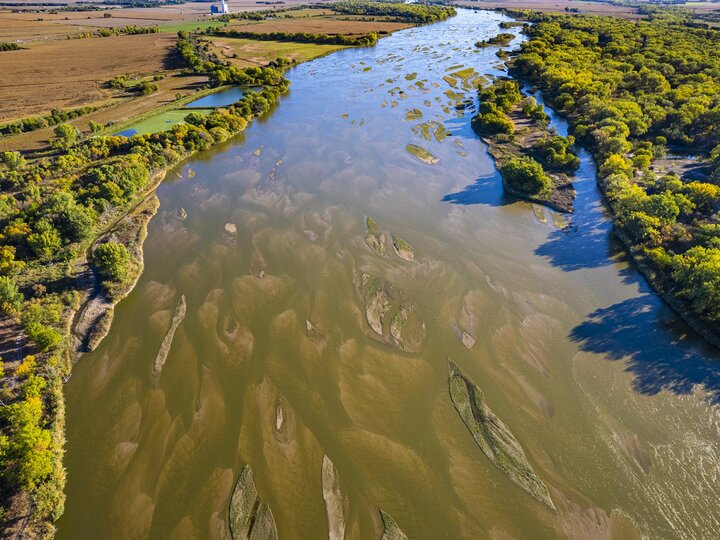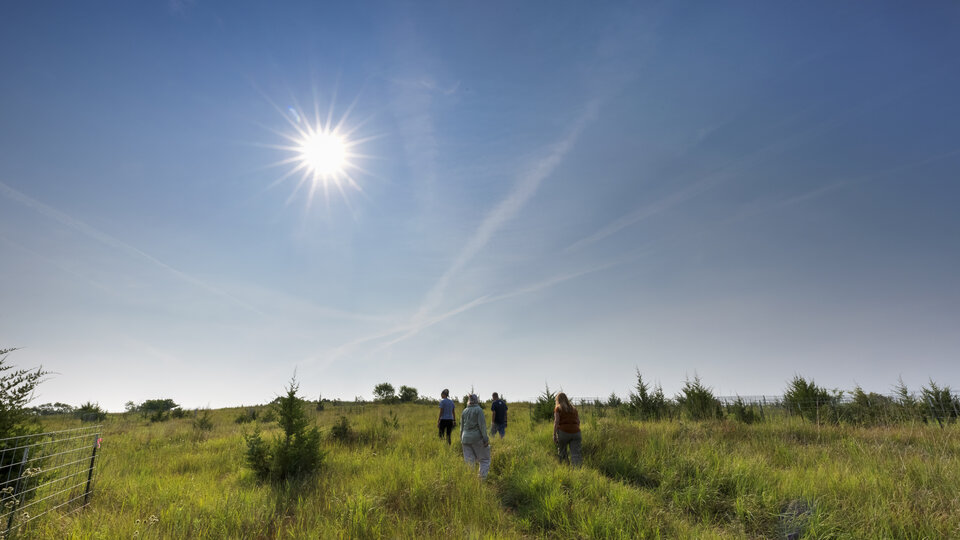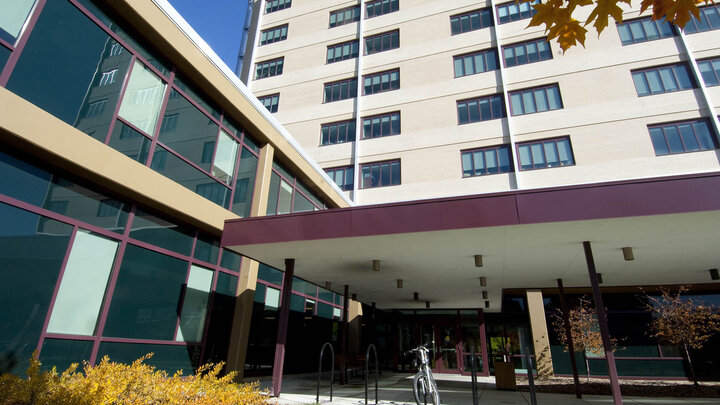Applying resilience thinking to agricultural landscapes helps manage, design and, when needed, transform landscapes to provide critical ecosystem services over widely varying conditions. Below are projects where CRAWL puts resilience theory and modeling into place to deliver enhanced outcomes for working landscapes and the natural systems on which they depend.
Areas of Focus
Agricultural Resilience
Agriculture is just one piece of a complex, multi-layered food system. It includes agricultural production, processing, distribution, retail, consumption and waste management. Because of this interconnected relationship, a ‘shock’ in any one sector can create a ripple effect throughout the entire food system, often on a global scale (e.g., trade tariffs, regional droughts, supply chain disruption).
Learn More
Denton Hills Grasslands
The Denton Hills is an unplowed, fragmented landscape important to local birds, pollinators and other animals. However, fundamental land-use changes and continued woody plant encroachment threaten its scenic and cultural identity. It’s a familiar story in the Midwest, but how can resilience theory help flip the script?
Learn More
Woody Plant Encroachment
Translating scientific analysis into real-world application is a key shortcoming in multiple-use landscapes. We’re combining remote sensing with rancher experiences to grasp the sweeping changes underway in the Great Plains.
Learn More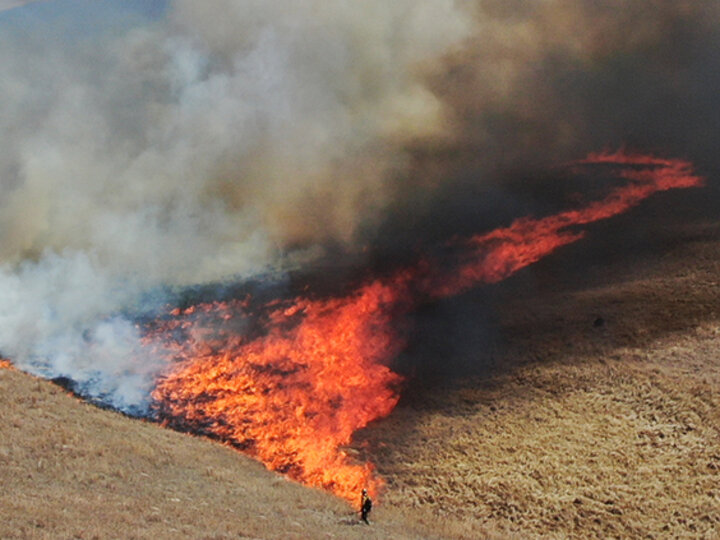
Bats in Agriculture
Controlling pest outbreaks is a daunting challenge for farmers and growers. While insects often evolve resistance to chemical controls, winged predators like bats continually provide billions of dollars in services reducing pest populations. Despite the vital role bats play, their importance is often unrecognized in agricultural landscapes.
Learn More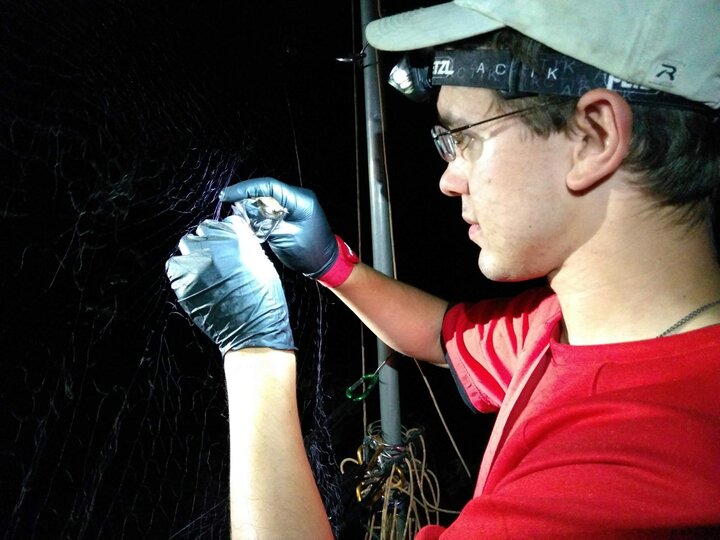
Nebraska's Grazing Lands
Resilience thinking applied to rangeland management is helping improve the utility, function and performance of grazing lands. Through timely and robust pasture information, producers can adapt production cycles to better absorb operational stressors or shocks.
Learn More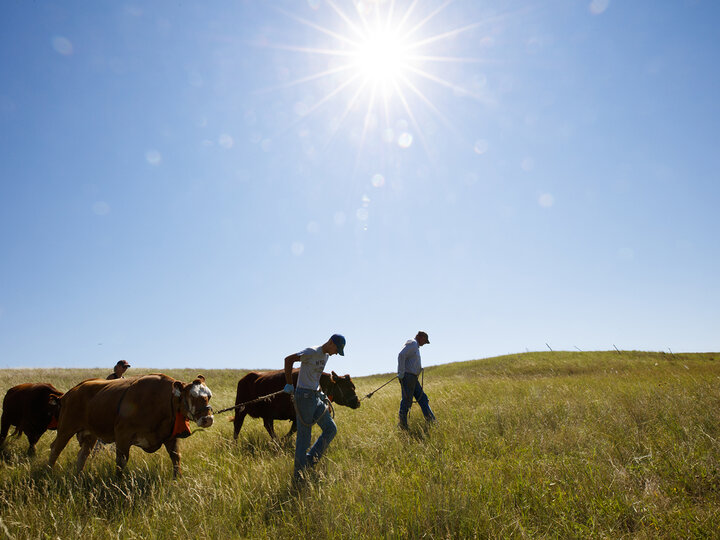
Platte River Basin
Agricultural watersheds encompass more than 70 percent of the continental United States. The Platte River Watershed is an example where the needs of multiple users and ecological integrity and functionality must align. The resilience approach can help manage this precious resource that is critical to achieving sustainable intensification of agriculture.
Learn More